The pyramids: More than just tombs, they are the ladder to heaven for ancient Egyptian civilization.
Before going to Egypt, my understanding of the pyramids was the same as most people’s:…
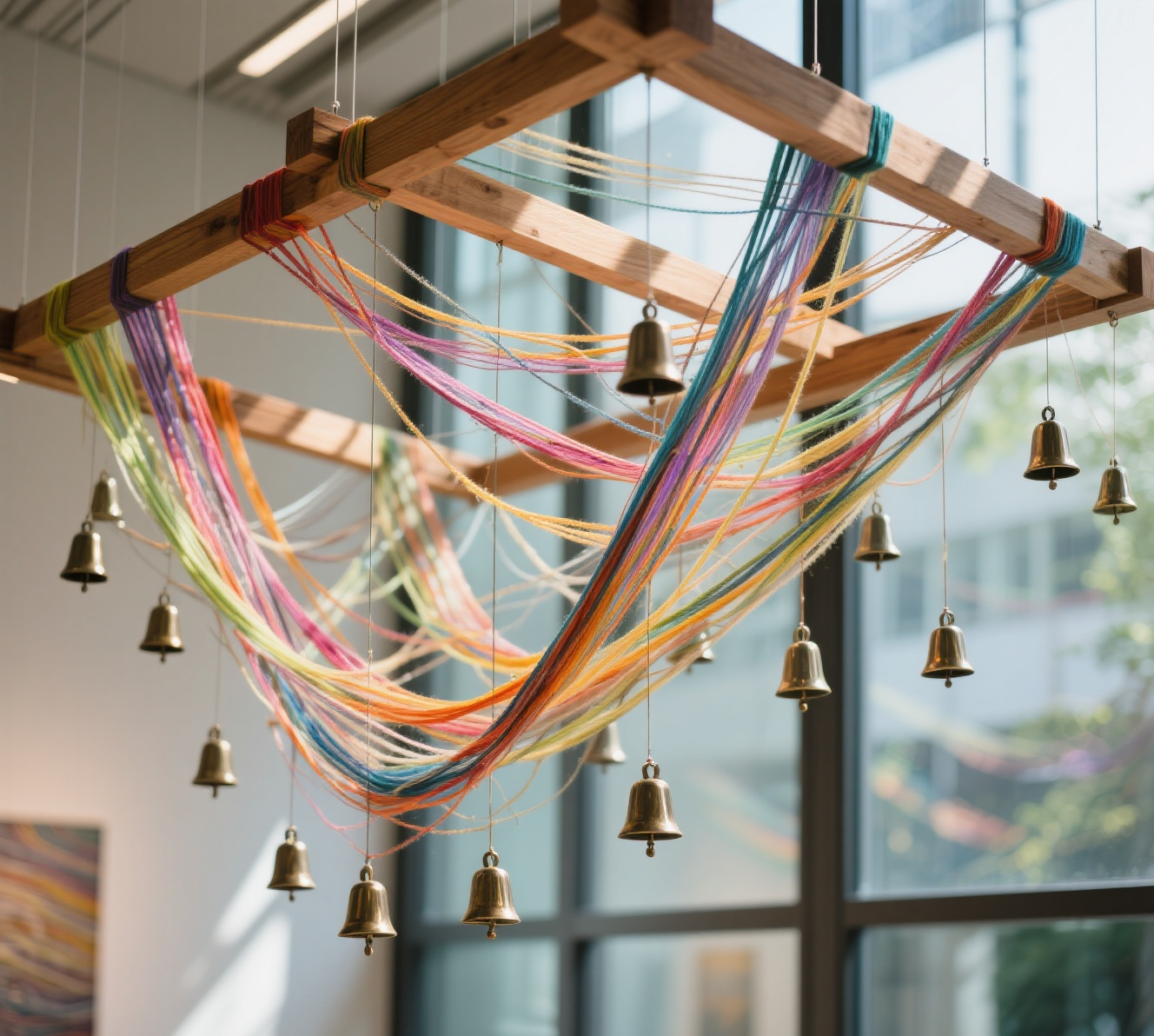
At 3 a.m. in a city tunnel, a graffiti artist was painting a giant portrait with a spray can. Fluorescent orange and cobalt blue collided on the concrete wall, creating an electric visual jolt. A passing food delivery driver couldn’t help but stop to take a video. This is perhaps the most vivid footnote to contemporary art: it has long since escaped the glass walls of art galleries, burrowed into the folds of the city, flowed through the digital torrent, and even hidden in the filters on your phone’s photo album.
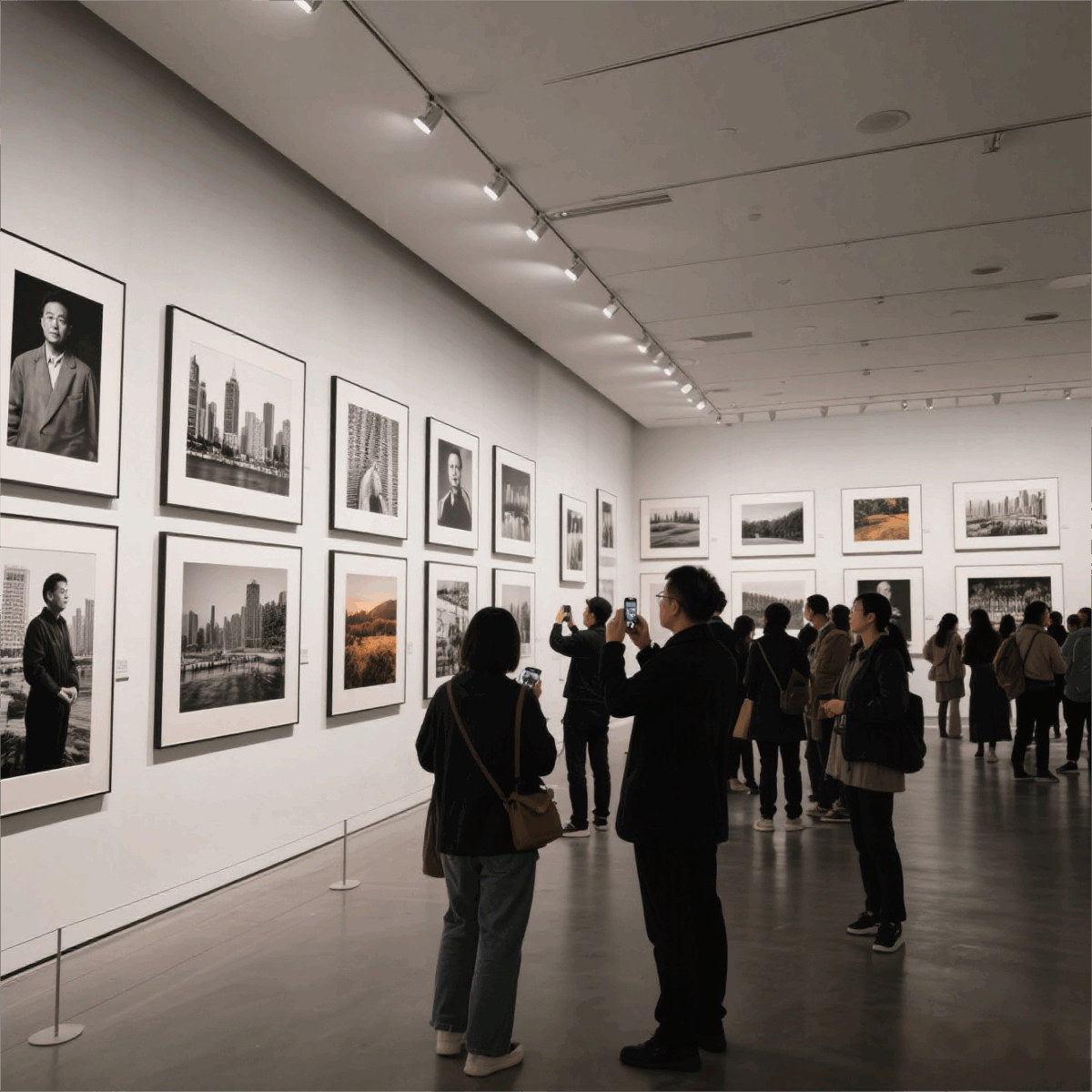
Street art is rewriting the definition of “elegance.” Brazilian artist Eduardo Cobra reconstructs portraits of historical figures using fragmented blocks of color. His “Olympic Rings” mural, created during the Rio de Janeiro Olympics, disassembled and reassembled the faces of five continents, creating a visual statement that transcends national boundaries. Banksy’s work, on the other hand, is more like a sharp social allegory. His painting of a rat holding disinfectant spray on the London Underground used humor to dispel the anxiety of the pandemic era. However, its removal by a cleaner the next day only exponentially increased its reach. These uninvited creations transform the city into a never-closing art museum, where passersby’s pauses and discussions become part of the artwork.
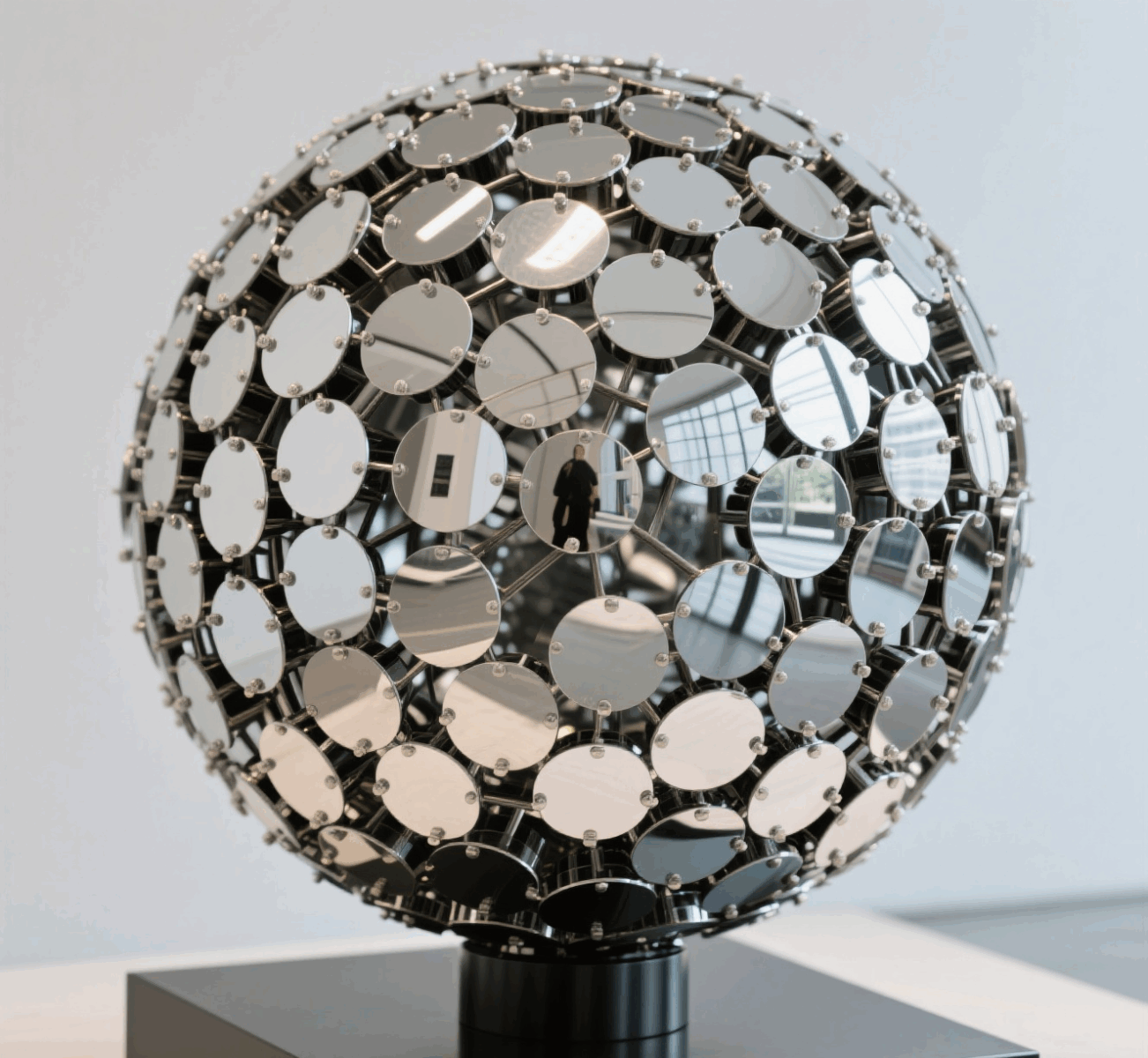
Digital technology has infused art with cyber-inspired elements. In teamLab’s immersive exhibition, a visitor’s shadow awakens slumbering lotus flowers, and footsteps stir up ripples in a virtual waterfall. This interactive experience disrupts the traditional art form of “silent contemplation.” When you reach out to touch a school of fish on the screen, and they scatter and swim away, you’ve transformed from a spectator to a co-creator. The emergence of NFTs has further upended the logic of art collecting. Beeple’s “Everyday: The First 5000 Days,” a collage of 5,000 digital paintings in JPG format, sold for $69.34 million, highlighting the fact that pixels can also hold artistic value. In the Metaverse Gallery, virtual avatars wear VR glasses to admire digital sculptures. Art is breaking free from the constraints of physical media and flourishing in a parallel world constructed by code.
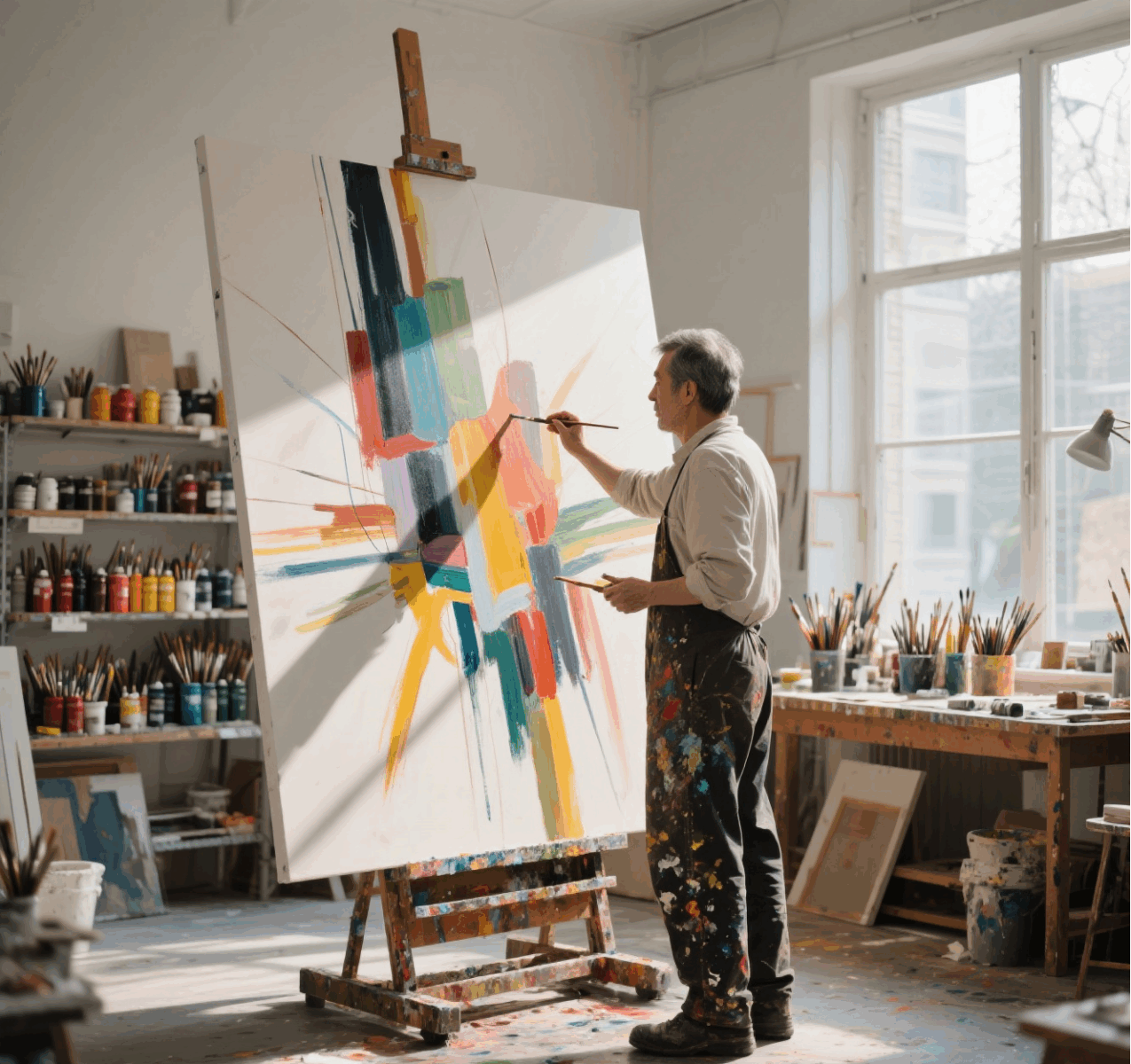
Cross-disciplinary integration is giving rise to fascinating artistic hybrids. Ryuichi Sakamoto converted data from nuclear radiation detectors into sound waves, creating his album “Asynchronous,” where each melody contains radioactivity readings from the Fukushima nuclear power plant. Fashion designer Iris van Herpen used 3D printing technology to create dresses whose pleats imbued the beauty of mathematical formulas, creating models who appeared like moving sculptures as they walked the runway. Even latte art in cafes has evolved into miniature art. Tokyo baristas can create “starry skies” with milk foam, and the ten seconds it takes for a customer to raise their phone to take a photo completes the cycle from creation to dissemination.
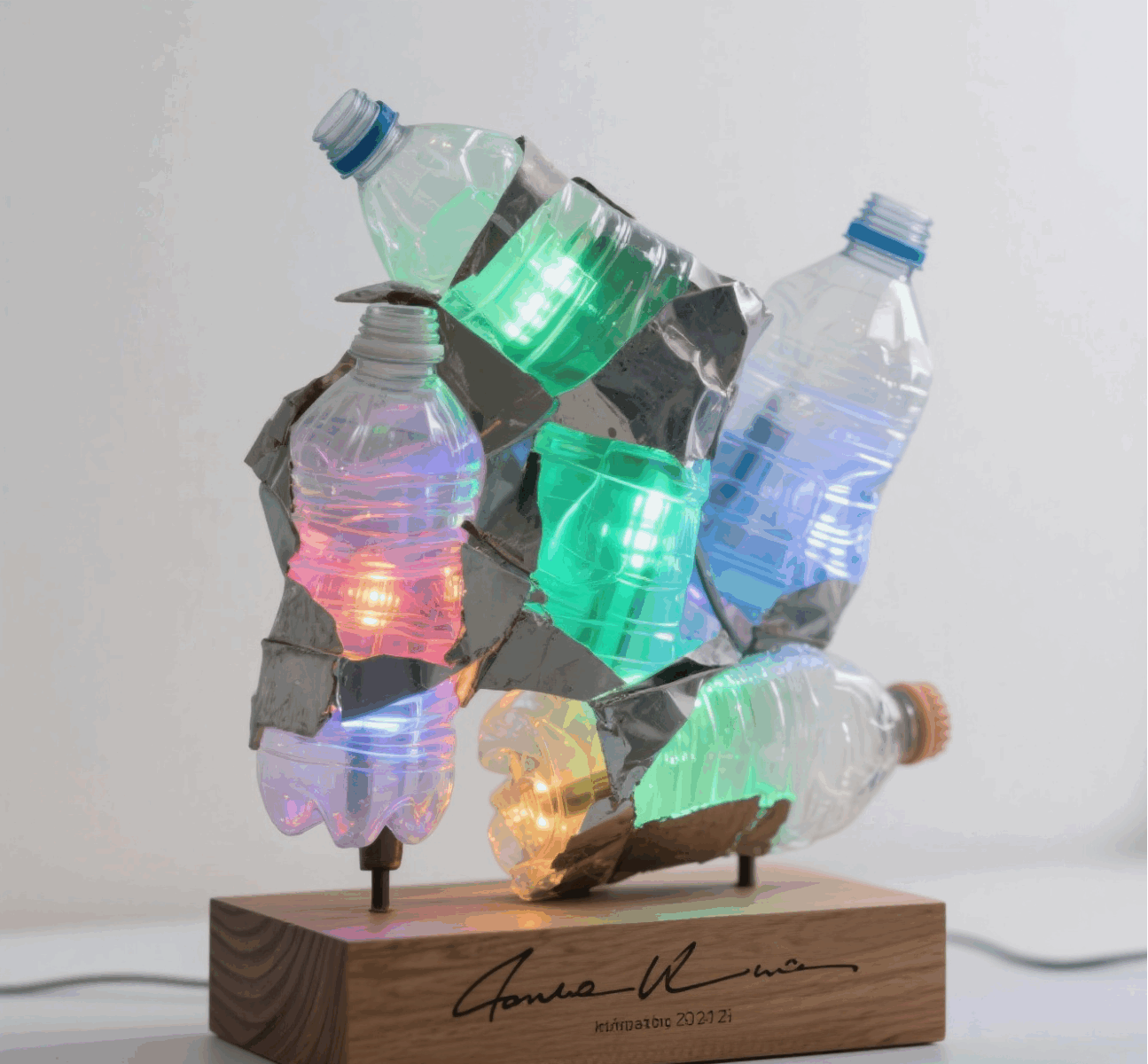
The most moving quality of modern art is that it no longer seems aloof. It could be a projection screen in an office elevator, a mural on a vegetable market wall, or an AI-generated piano piece in your headphones. When art permeates the very capillaries of life, everyone can reflect their own emotions and thoughts within it—this is perhaps the most precious cultural landscape of our era.